Cet article est également disponible en : Français
This is the translation of one article published in France in the N°52 of Road Trip Magazine.
It was a commonplace post on Facebook that drew my attention to Maral. She wrote that she would soon cross the Iranian border after an 18-month motorcycle trip around the world. She explained this a little bit because as an Iranian woman, she was not normally allowed to ride a motorcycle in Iran. Damn it, damn it, damn it, I said to myself. Who the hell is this intrepid lady? My first move was to click on his profile to learn more. My second was to contact Collin, the editor of Road Trip, and tell him:
¬ “I have a portrait to offer you, you must ABSOLUTELY publish it in Road Trip! »
And then that idiot answered me:
¬ “All right”
All I had to do was hope that she would accept an interview… So I am pleased to introduce you to Maral, a hell of a chick, judge for yourself.
Hello, Maral. To begin with, what exactly is your name: Maral Maya as your facebook profile indicates or Maral Yazarloo-Pattrick?
Maya is my nickname in India where I now live. “Ma” for Maral and “Ya” for Yazarloo. Pattrick is my married name.
Can you describe your career path in a few words?
I was born in Iran in 1981 and spent my first 20 years there. I obtained my BBA (Bachelor of Business Administration) in Tehran and moved to India about 16 years ago. I obtained an MBA and a PhD from the University of Pune. Following this, I started working as director of the retail and marketing departments of one of India’s leading companies in 2006. I left this job in 2017 to go around the world.
This is Maral, the businesswoman… but there is also a painter Maral and a fashion designer Maral?
You’ve done your homework… My close friends tend to say there are five or six Marals. In fact, all these interests are part of my life, and I continually move from one to the other. I started painting at a very young age in Iran. I was a student of Nami Petgar who is quite well known internationally. When I arrived in India, I exhibited several times. One of my most successful exhibitions was for a well-known hotel chain that eventually bought my entire collection. My works are still on display in several luxury hotels in India today.
What about fashion?
I had always dreamed of creating clothes, so once I had my doctorate in my pocket, I enrolled in a short training course at the European Design Institute in Milan. I created my brand in 2012 under my own name – Maral Yazarloo. The official launch took place in Paris, then I presented my collection in Rome, Dubai, London and various cities in India.
And when did the bike come and how?
In Iran, women are not allowed to ride motorcycles. In addition, motorcycles over 250 cc are not allowed. So I had never had the opportunity to approach a motorcycle during my childhood. Seven years ago, I received an email from Harley-Davidson that had just set up in India. They had attached some pictures of their models and I must admit I loved it. During a trip to Mumbai, I was able to visit their showroom and… I completely flashed on model 48. I immediately paid a deposit and a month later I had my first motorcycle. What I didn’t know then was that this bike would totally change my life. Very quickly, I became the woman who covered the most kilometres in India. And three other bikes joined my “48”: a second Harley, a Ducati and a Bmw. In a few years, I became totally addicted and was nicknamed the “Queen of Superbike”.
And the desire to travel?
For 11 years, I focused on my career and had the opportunity to achieve most of the goals I had set for myself at a very young age. But in doing so, I had put aside the big questions of life: What is the purpose of life? What is happiness? My life was made of work with often crazy schedules: getting up early, staying up late, always working. An intense but routine life. In my office, I had hung a world map on which I marked all the countries I had visited with a red dot. One day, late at night, I had fun counting them: there were 67. I caught myself dreaming of doing them all on a motorcycle. That’s how it all started: by daydreaming in front of a map after a day’s work.
From that day on, I made the decision to do so and I did everything I could to achieve it. I finally resigned and left.
Like this? Alone?
No, my mother was afraid to see me leave alone, so we left together. In addition, my travelling companion was both a photographer and a cameraman and the idea was to make a report about this trip. Unfortunately, a few months after his departure, he had a serious health problem and had to give up. I found myself faced with a choice: to give up as well or to continue alone. I kept going. In the end, I admit I enjoyed being alone. It allowed me to take stock of myself and what I expected from life.
So you left from March 2017 to September 2018. In figures, your trip was 18 months of life on the road, more than 110 000 km covered, 64 countries and … 7 continents! Seven?! Does that mean you’ve been to Antarctica? What was your background?
I moved from India where I live to South Asia to Indonesia. Then it was the first time the plane flew to Australia. Then fly again to the United States, this time. From there, I crossed the North and South American continents to Argentina from where I was able, not without difficulty, to reach Antarctica. Back in Argentina, I flew to South Africa for the third time. I went up to Uganda by the east coast. Airplane again, to Spain. I travelled all over Europe before heading to Turkey and then to my country: IRAN. From there, I flew back home to India one last time.
What was the most difficult part of this round the world trip? The preparation? The formalities? The road?
Myself. I mean learning to deal with my own demons and anxieties. The road taught me not to worry about what might happen, but only about what really happens when it happens.
On Facebook, you said you approached the entry into Iranian territory with apprehension? Why?
Women are not allowed to ride a motorcycle in Iran. And I received a lot of messages from Iranians warning me. According to them, it was an unnecessary risk and the authorities could not accept it and even consider it a provocation. I decided to try it anyway because it’s kind of my personal struggle as an Iranian woman. But I must admit, I was afraid. To my great surprise, I only received congratulations and encouragement from everyone. At the border, they were particularly welcoming and attentive. They told me they were proud of me and what I had achieved. Throughout my time at IRAN, I have been recognized and rewarded in the various provinces. I even filed an official request with the government asking for the repeal of the ban on women riding a motorcycle in Iran.
Iran is a country that often frightens Westerners. When we talk about this country, the image most often put forward is that of the veiled woman. What would you like to tell them?
This is absolutely false and it is the media portrait of Iran. All those who have been to Iran can testify to the beauty of the people and the country and the good times they have had there. Iran is a very safe country and the hospitality of the people is one of the best in the world! As far as the veil is concerned, I would just say that each country has its own rules and Iran also has its own rules. Believe me, Iran is a wonderful country with a very rich culture and you shouldn’t hesitate to go there.
As a woman, you felt more vulnerable, more exposed during this journey, or on the contrary, it opened the doors for you more easily?
I think it opened a lot of doors for me. The families invited me to their homes. More than once, women have approached me at the gas station or on the road to ask me if I had a place to stay. I was then systematically invited to their house and had dinner with the whole family!
At the borders, the customs officers put me first and treated my papers as a priority. Everywhere, I have been helped and respected as a woman travelling alone on a motorcycle.
There were still some trying or scary moments?
Yes, there were, but paradoxically they are now my fondest memories.
Give me three examples.
¬ I missed my ferry between Baja California and Mexico and I couldn’t get my money back. Finally, I managed to board a cargo ship in the middle of the night in the middle of several dozen trucks.
¬ In Africa, I had 3 big breakdowns and I had a hard time finding spare parts. Again, I was blocked for several days.
¬ In Patagonia, the wind and long hours of bad track got the better of my neck. This caused severe migraines. I didn’t have time to rest because I had to continue the journey. Sleeping in tents and extreme temperatures didn’t help and, on top of that, I couldn’t take any medication because I was pregnant!
Were you pregnant?!
Yes! It’s the craziest thing on this trip. I met Alexandre, the man of my life before my departure and I married in Peru at Machu Picchu in the middle of the trip. The only “problem” is that I got pregnant and when I finally came home, I was 6 months and a week pregnant!
And you gave birth in November, right?
Yes! A little girl. Her name is Nafas Elizabeth. In Iranian Nafas means “the breath of life”.
And you were chosen by BBC News to be one of the 100 women of the year… I’m speechless. Congratulations!
Thank you! Thank you! But I would like to add that I would never have succeeded without my mother and brothers who encouraged and supported me throughout my trip and especially my husband, Alexandre, who did not hesitate to fly every month (in all 15 times!) to visit me throughout my trip. Without them, I would never have been able to do it.
Has this trip changed your lifestyle?
Yes… totally! it changed the perspective of what we call “Reality” and, to a certain extent, Life… it made me happier and definitely allowed me to set my priorities!
A conclusion for all those who would like to follow in your footsteps?
Believe in yourself and never give up. I am an ordinary person with perhaps extraordinary dreams. Nothing more than that.
Video :

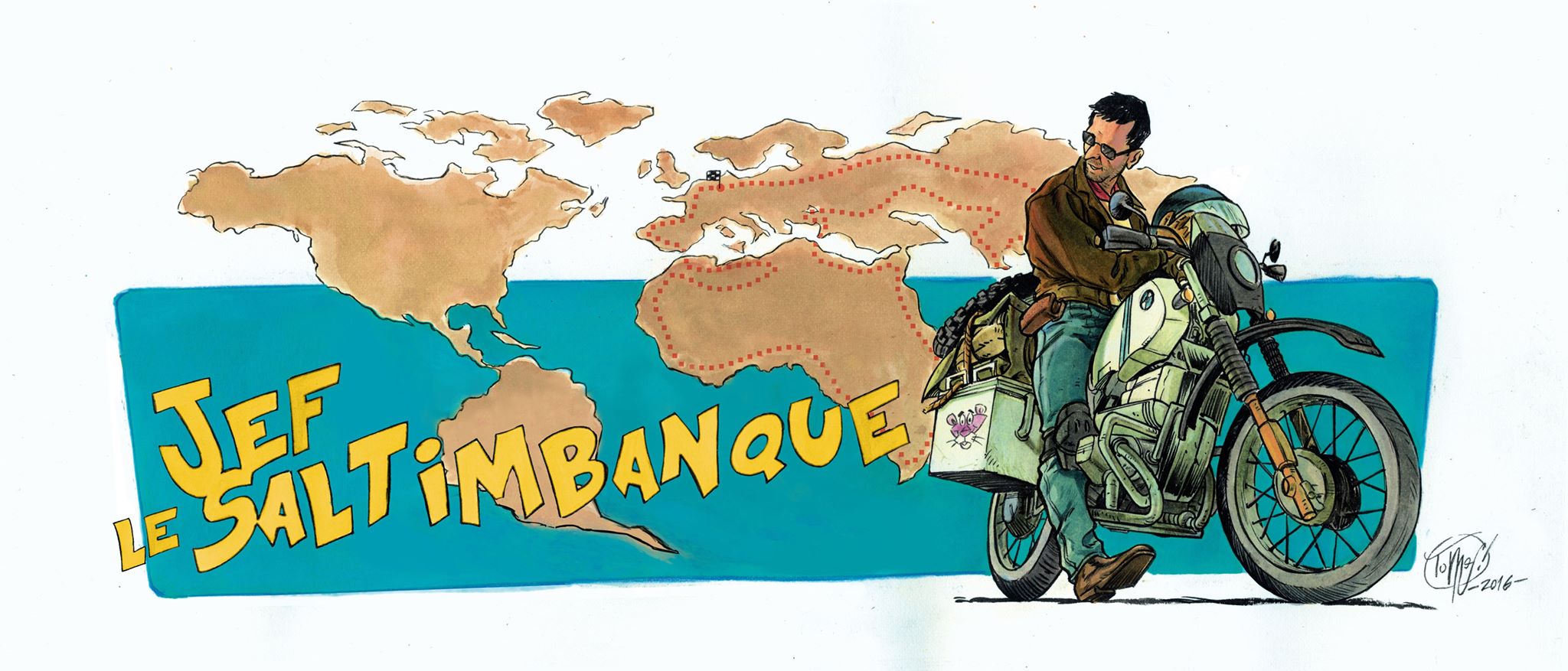
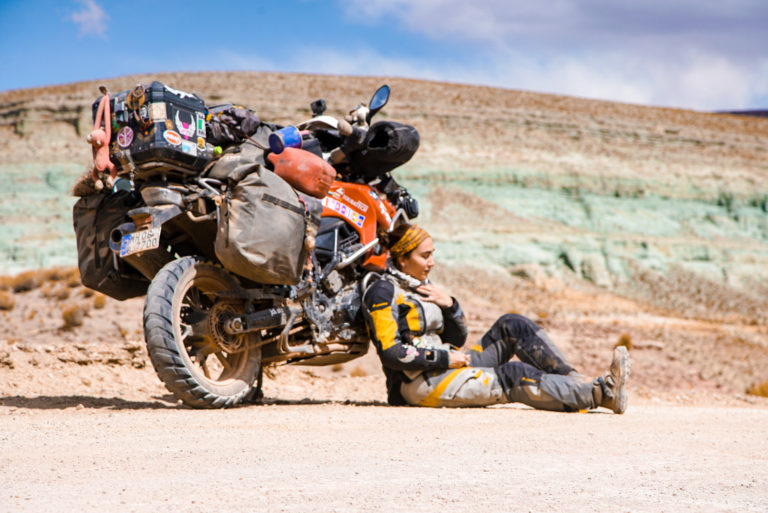
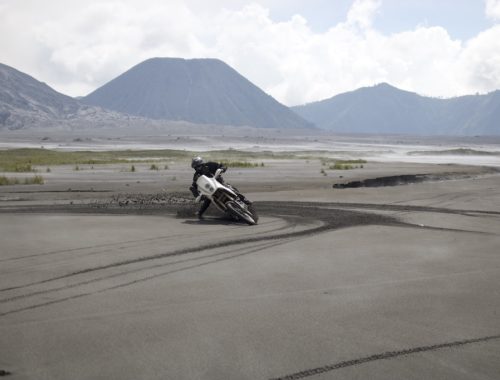
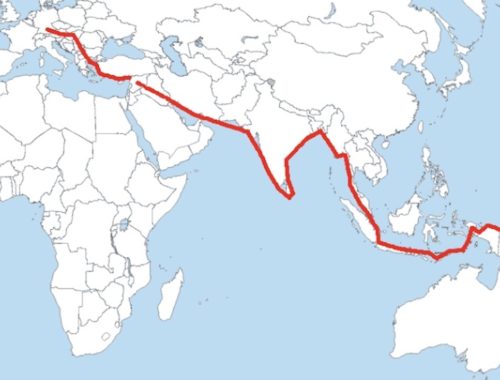
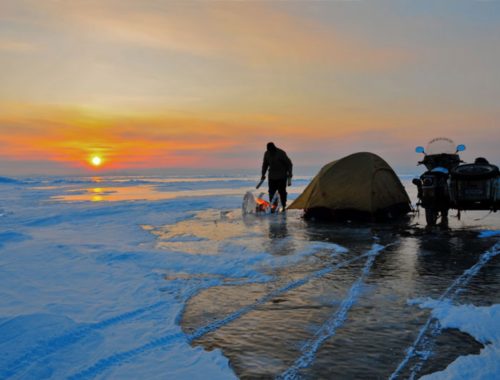
No Comments